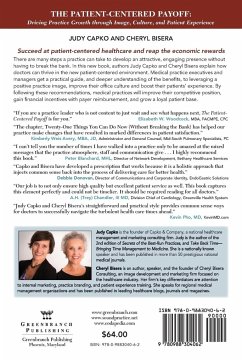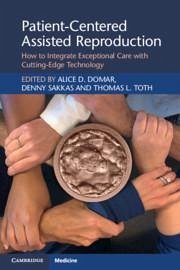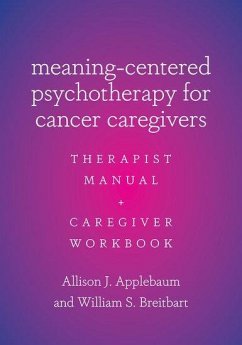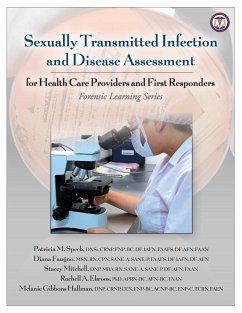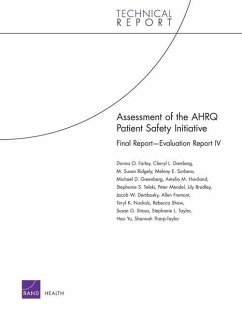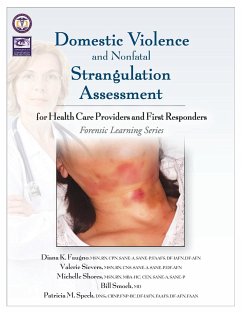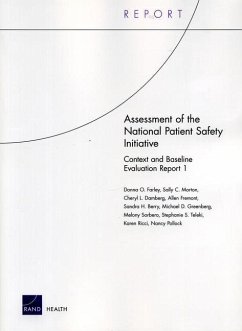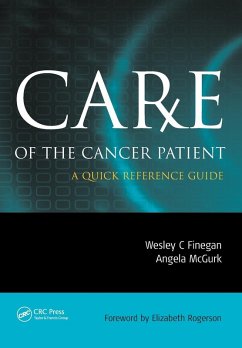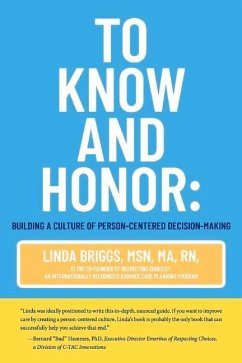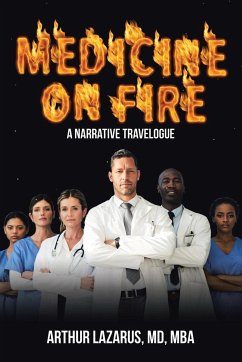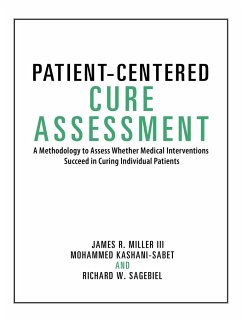
Patient-Centered Cure Assessment
A Methodology to Assess Whether Medical Interventions Succeed in Curing Individual Patients
Versandkostenfrei!
Versandfertig in 1-2 Wochen
23,99 €
inkl. MwSt.

PAYBACK Punkte
12 °P sammeln!
This book is the third in our series describing patient-centered methodologies (PCM). It focuses on both the curative potential and the successful curative impact of medical interventions. It introduces an assessment procedure through which the curative impact of some particular medical intervention against a progressive and potentially fatal disease such as cancer may be ascertained. The assessment procedure's conclusions are probabilistic in nature. They are generated on an individually tailored, patient-by-patient basis. The curative efficacy of a medical intervention is calculated as a tim...
This book is the third in our series describing patient-centered methodologies (PCM). It focuses on both the curative potential and the successful curative impact of medical interventions. It introduces an assessment procedure through which the curative impact of some particular medical intervention against a progressive and potentially fatal disease such as cancer may be ascertained. The assessment procedure's conclusions are probabilistic in nature. They are generated on an individually tailored, patient-by-patient basis. The curative efficacy of a medical intervention is calculated as a time-phased probability for each separate patient. The intervention's overall curative efficacy is also calculated, probabilistically, for a given patient population. Suppose that a patient is diagnosed with some form of cancer. Suppose, further, that the patient undergoes a medical intervention known to possess some curative potential, but not guaranteed to cure everybody. For how long after the intervention must that patient wait with no evidence of further disease progression before concluding that the intervention was successful? How much time must elapse with no evidence of disease before concluding that the cancer has been beaten and, therefore, that the patient was cured? The assessment procedure introduced in this book attempts to answer precisely this question. Patient-centered diagnosis, prognosis, and cure assessment all rely on a methodology that generates individually tailored probabilistic predictions of a specified medical outcome that a particular patient may experience. Predictions are based on observable diagnostic and prognostic factors. They are both particular-outcome-specific and individual-patient-specific. Hence, achieving predictive accuracy poses a formidable challenge. Nevertheless, PCM appears to produce more accurate individually tailored patient predictions than those typically achieved under current medical practice. From a physician's perspective greater accuracy can facilitate better treatment selection choices and other improvements in patient management. From a patient's perspective greater accuracy can facilitate more appropriate future planning and lifestyle choices.



